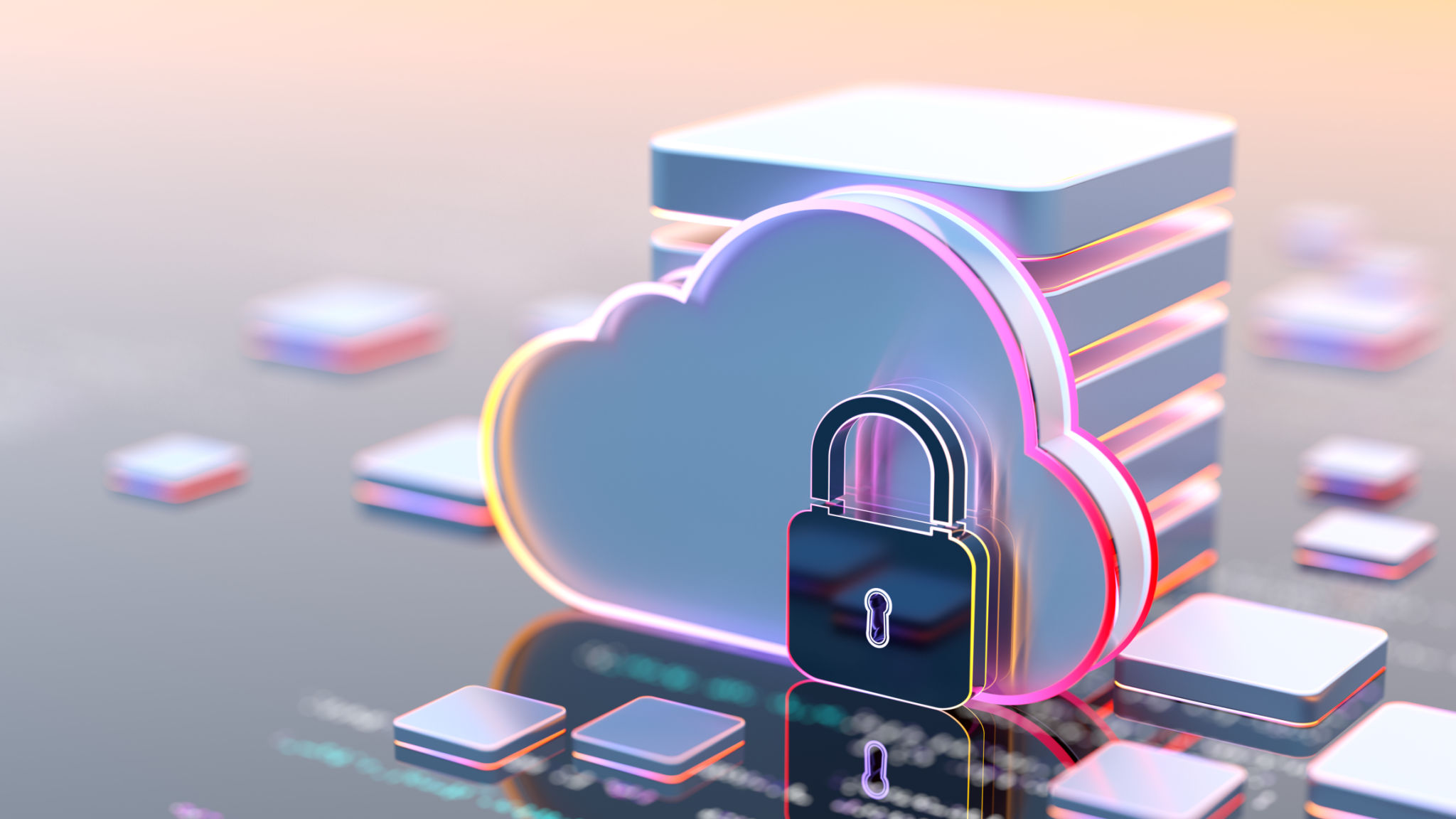Top Cybersecurity Trends Every Business Should Know
Understanding the Evolving Cyber Threat Landscape
In today's digital age, businesses of all sizes face a myriad of cybersecurity threats. With cybercriminals becoming more sophisticated, it's crucial for companies to stay informed about the latest trends in cybersecurity. This not only helps in protecting sensitive data but also in maintaining trust with clients and partners.

Rise of Artificial Intelligence in Cybersecurity
Artificial Intelligence (AI) is revolutionizing the way cybersecurity defenses are implemented. AI-driven tools can analyze vast amounts of data in real-time, identifying potential threats before they cause harm. These tools offer predictive analytics, allowing businesses to proactively combat cyber threats.
Moreover, AI can automate routine security tasks, freeing up human resources for more complex issues. However, it's important to note that cybercriminals also leverage AI to enhance their attacks, making it a double-edged sword.
Increased Focus on Cloud Security
With the growing reliance on cloud-based services, cloud security has become a top priority for many organizations. Businesses are migrating large volumes of data to the cloud, which necessitates robust security measures to protect against breaches.
Implementing strong encryption methods and regularly updating security protocols are essential steps in safeguarding cloud data. Additionally, businesses should consider using multi-factor authentication (MFA) to add an extra layer of security.

The Importance of Employee Training
Employees often represent the first line of defense against cyber threats. Human error is a leading cause of data breaches, emphasizing the need for comprehensive employee training programs. Organizations must ensure that their staff is aware of potential threats and knows how to respond appropriately.
Regular training sessions and simulated phishing attacks can help reinforce good cybersecurity practices among employees. This proactive approach reduces the risk of successful cyber incidents significantly.
Adoption of Zero Trust Architecture
The Zero Trust model has gained traction as a critical cybersecurity strategy. Unlike traditional security models that rely on perimeter defenses, Zero Trust operates on the principle that threats can come from both outside and within an organization.
By implementing Zero Trust, businesses enforce strict identity verification and grant minimal access to users and devices. This approach minimizes the potential damage in case of a breach and provides a more secure environment for sensitive data.

Emphasis on Data Privacy Regulations
As data privacy concerns grow, so do the regulations governing it. Laws such as the General Data Protection Regulation (GDPR) and the California Consumer Privacy Act (CCPA) are reshaping how businesses handle personal data.
Organizations must stay compliant with these regulations to avoid hefty fines and maintain customer trust. This requires constant vigilance and updates to privacy policies and procedures.
The Role of Cybersecurity in Business Continuity
Cybersecurity is not just about preventing data breaches; it's integral to business continuity planning. A significant cyber incident can disrupt operations, cause financial damage, and tarnish a company's reputation.
Having a robust cybersecurity framework ensures that businesses can quickly recover from attacks and continue functioning with minimal disruption. Regularly testing incident response plans is crucial for preparedness.
In conclusion, staying ahead of cybersecurity trends is essential for all businesses. Proactive measures, combined with the latest technology and employee education, can help safeguard against evolving cyber threats. By prioritizing cybersecurity, businesses not only protect their assets but also strengthen their reputation in an increasingly digital world.
